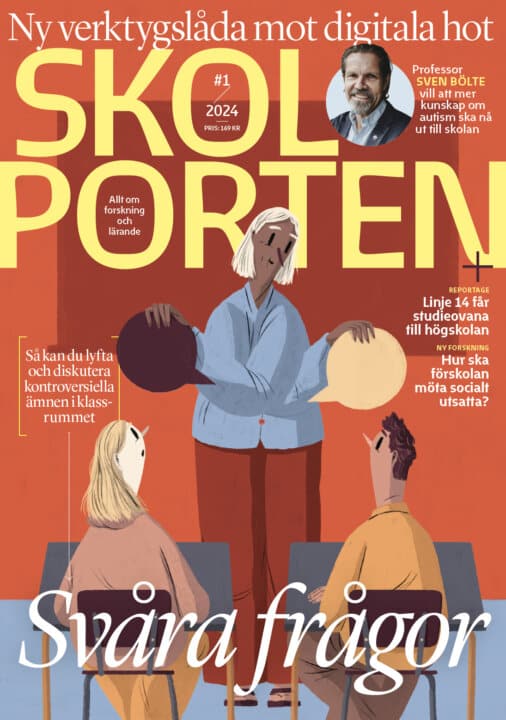Ska dörren vara öppen? Disciplin i klassrummet i Sverige och Tyskland
Jakob Billmayer har undersökt den disciplinära ordningen i svenska och tyska klassrum och dess kulturella kontext.
Jakob Billmayer
Professor Gunnar Berg, Mittuniversitetet, universitetslektor Ola Lindberg, Mittuniversitetet
Professor Christina Gustafsson, Uppsala universitet
Mittuniversitetet
2015-06-04
Ska dörren vara öppen? Disciplin i klassrummet i Sverige och Tyskland
Should the Door be Open? : Classroom Discipline in Sweden and Germany
Avdelningen för utbildningsvetenskap
Should the Door be Open? : Classroom Discipline in Sweden and Germany
The aim of this study is to investigate discipline in German and Swedish classrooms and describe its cultural contexts. In countries with compulsory education, it must be assumed that not all students voluntarily attend classes. The mandatory presence of students combined with the ban on corporal punishment in schools means that classroom interaction has to be organized according to certain manners and rules (Luhmann, 2002a:108a). These rules are understood here as discipline meaning the organization and control of individuals and their actions over space and time (Foucault, 1987/1975). This study assumes similarities in the fundamental disciplinary mechanisms, although different contexts (here Germany and Sweden) will create different concrete manifestations of the phenomenon. Since the observation of cultural contexts is not as self-evident and direct as the observation of classroom interactions of teachers and students, the theoretical considerations here include a detailed discussion of methodology for observing culture. Starting with Alfred Schütz’ concept of ideal types and Niklas Luhmann’s theory on mass media, it is argued that culture can be observed through the products of mass media. The empirical data for this study consists of field studies in the form of observations in German and Swedish classrooms as well as the examination of German and Swedish films and television series about teachers and students. The classroom observations were used to create ideal typical descriptions of different implementations of disciplinary procedure. Based on the analysis of teacher figures in various German and Swedish films and television series, several “good” and “bad” teacher types were initially identified. Combining the two results allowed conclusions to be made about correlations between disciplinary order and whether a teacher is considered “good” or “bad”. This review of the various types of order is the basis for the description of cultural contexts. The results of classroom observations and film studies and their discussion in relation to prior Swedish research, gives the picture of a cultural context in which various forms of classroom order are available, in which they are critically discussed and also can exist in parallel to each other. On the other hand, the German context seems to allow only one form of classroom order, both in actual school operations as well as in the mass media representation and scientific reflection.
Relaterade länkar

Fritidshem
 Åk F–6
Åk F–6 Matematikångest
 Åk 4–Vux
Åk 4–Vux 






